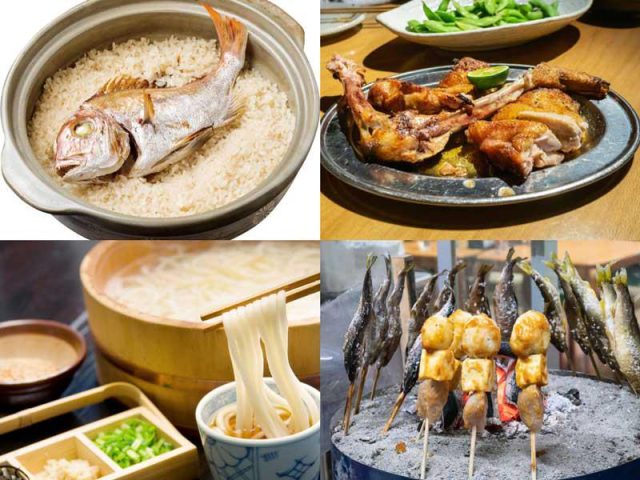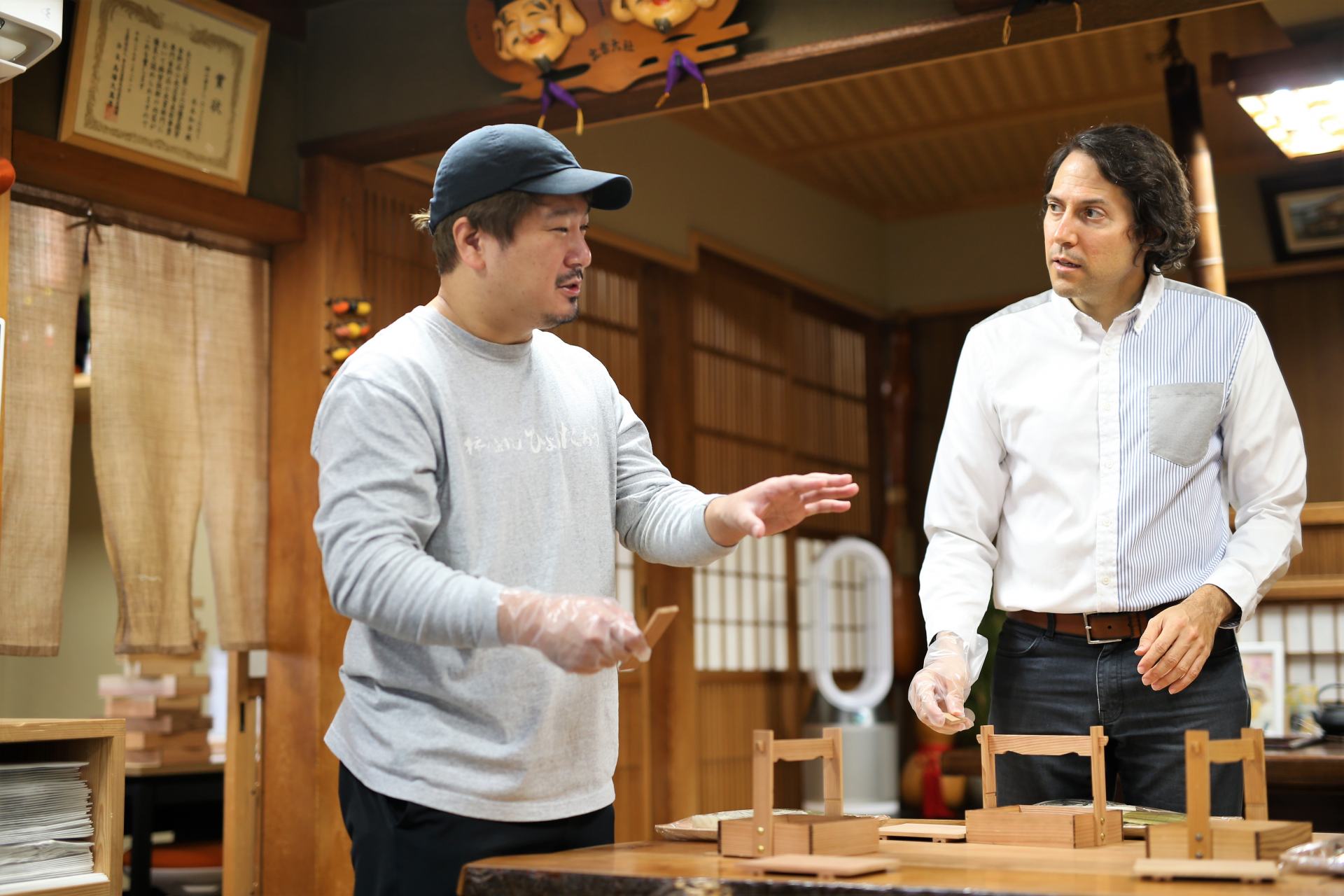
From Nara to Wakayama: The Intersection of Japan’s Spiritual Roots and Food Culture
Last update
Home to Japan’s ancient capitals of Kyoto and Nara, the Kansai region was a gateway to international trade with the Asian continent. Unsurprisingly, food, religion, architecture, and many other cultural elements found in Japan today were greatly influenced in prior centuries by other Asian countries such as China and Korea.
Starting in the sixth century, missions sent from Asia to Japan and vice versa led to the promulgation of Buddhism in particular. In this Kansai region journey, we’ll explore how this influenced both religious culture and the development of soy sauce in Nara and Wakayama Prefectures.
Kinpusenji Temple
Located in the southern, mountainous part of Nara Prefecture, Yoshino is known for Japanese cedar trees, beautiful cherry trees, hot springs and religious sites significant to the Shugendo religion. Shugendo is a uniquely Japanese practice that combines elements of Buddhism and mountain asceticism as well as Taoism and other beliefs.
An example of this fascinating mix of religious thought lies in Kinpusenji Temple. Founded sometime during the seventh century by the monk En-no-Gyoja, the UNESCO World Heritage site is considered the leading temple of Yoshino as well as one of the most important in Shugendo tradition.
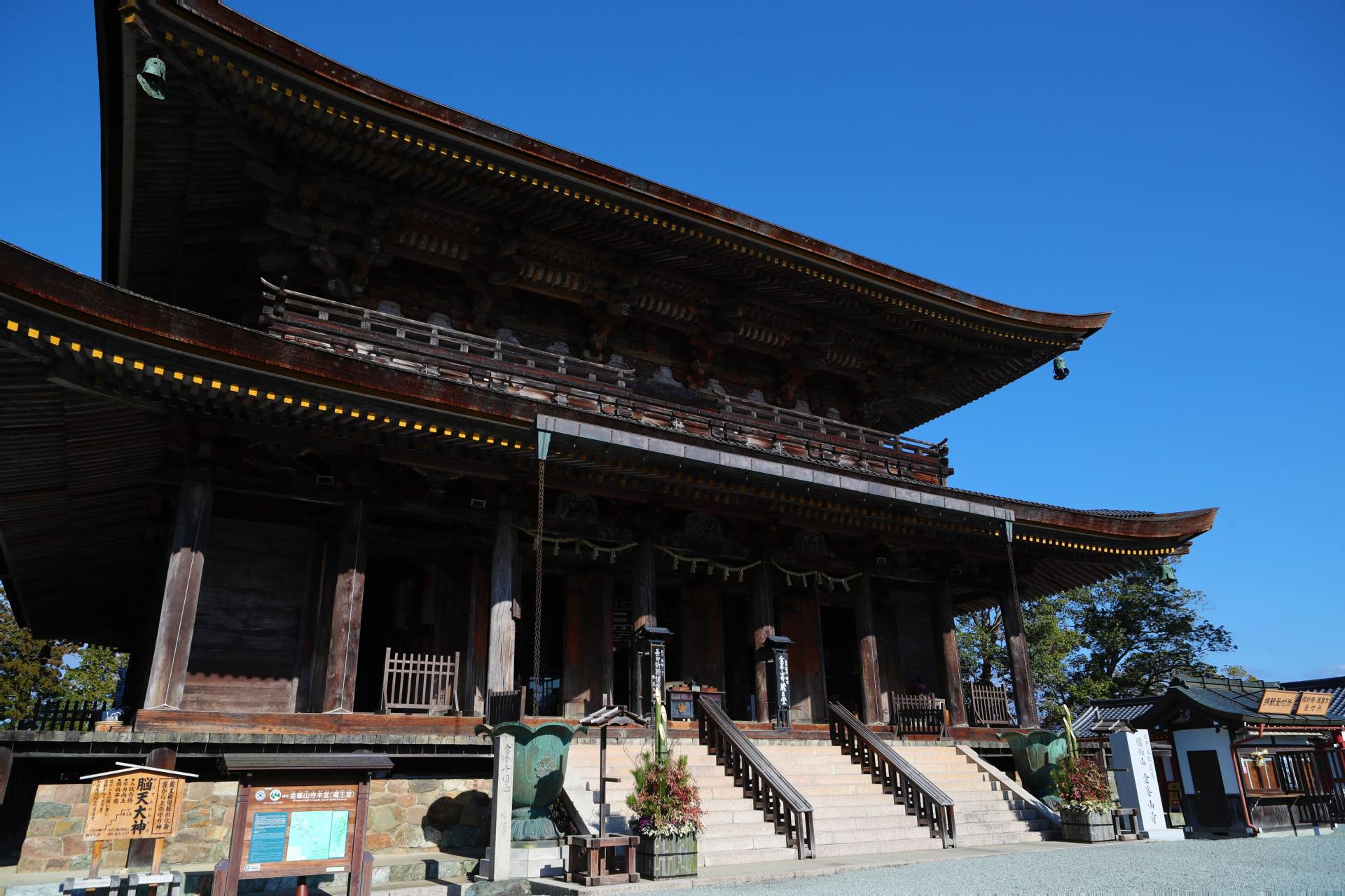
Monks at Kinpusenji practice many of the same rituals as at other Buddhist temples, such as performing a fire ceremony known as goma. Yet under Shugendo, they also undertake ascetic practices, such as enduring arduous hikes to nearby Mt. Yoshino or standing under the pounding cold water of waterfalls.
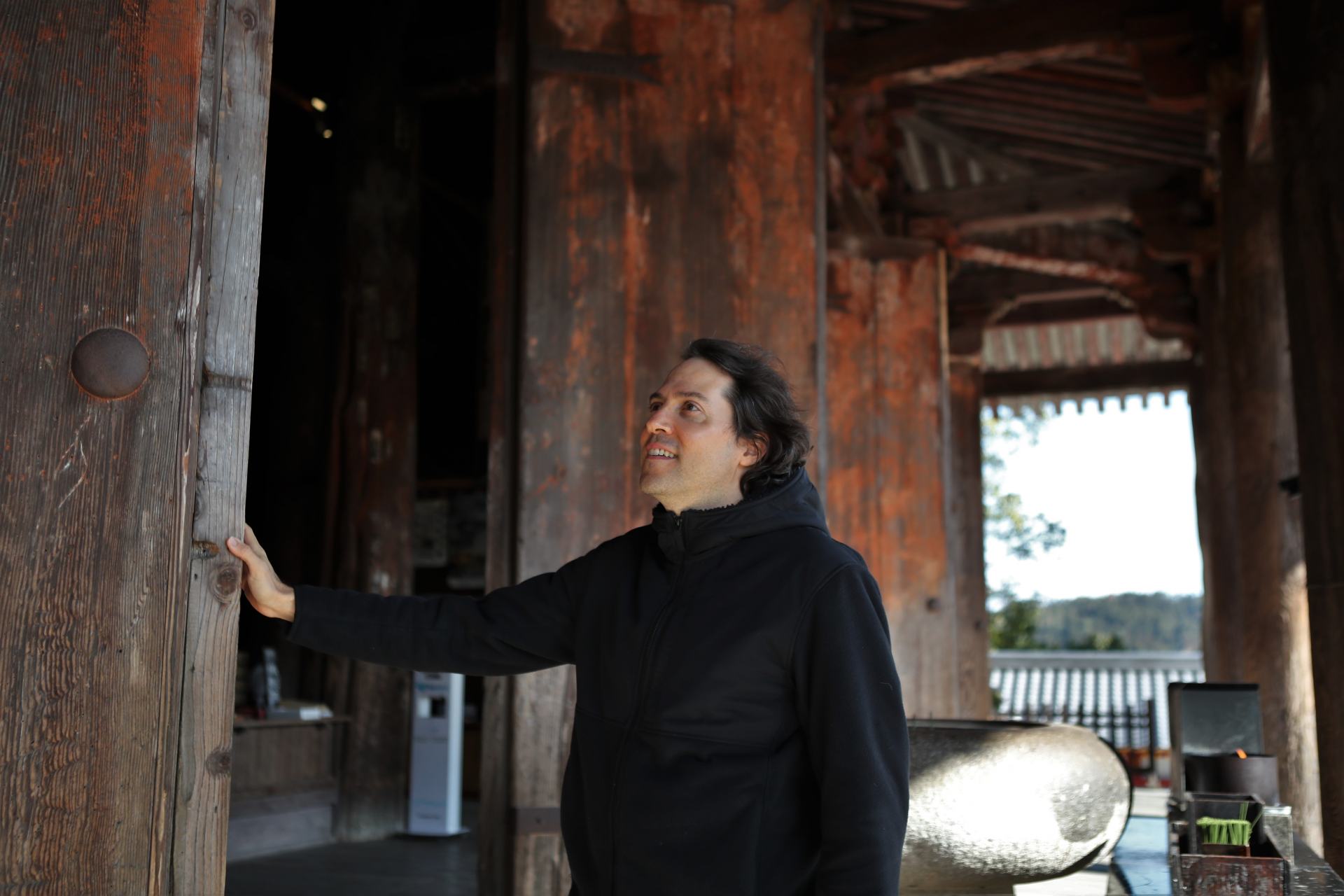
Dating back to 1592, the temple’s main Zaodo Hall building features massive wooden pillars that were essentially tree trunks with the bark stripped off. Inside are three massive, though concealed, statues of Zao Gongen, the principal object of worship, among other Buddhist statues. Outside, there are numerous other related structures as well, including those housing statues of the Boddhisatva Kannon and fearsome Nio guardians, making for an extensive complex in the remote mountain setting.
Kakinoha sushi
One of Nara’ s specialties, and something quite common in Yoshino, is kakinoha sushi. Thin, salted slices of raw fish, typically mackerel, are placed on top of vinegared rice, then carefully wrapped in a persimmon leaf. The leaf is more than just natural packaging – it cuts down on odors and its antibacterial properties protect the fish from spoiling.
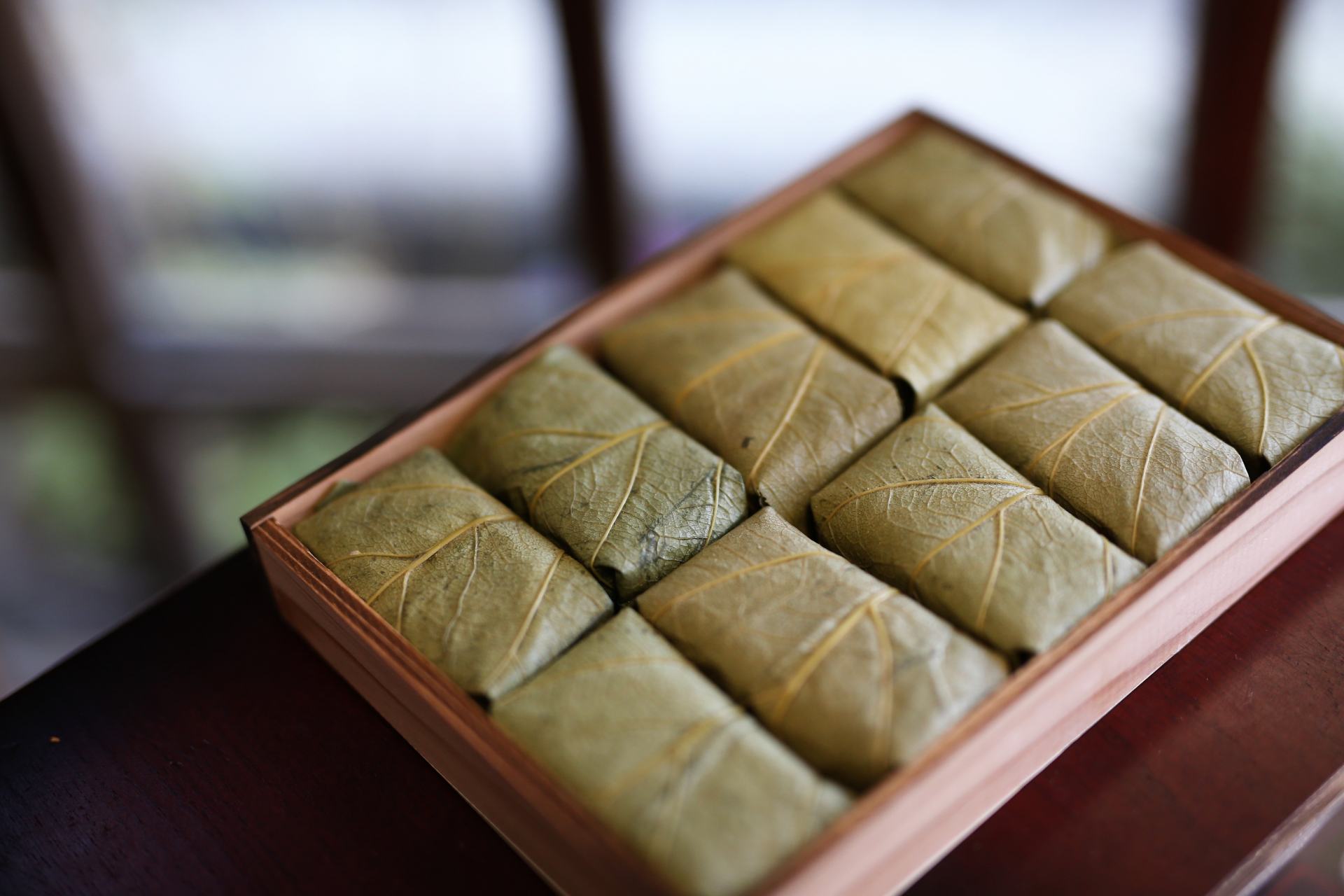
Numerous shops along the main approach to Kinpusenji sell kakinoha sushi, but one store in particular, Hyotaro, offers visitors a chance to prepare their own. The shop manager provides the persimmon leaves, blocks of seasoned sushi rice, and the “neta” – slices of preserved mackerel, then gives a short demonstration.
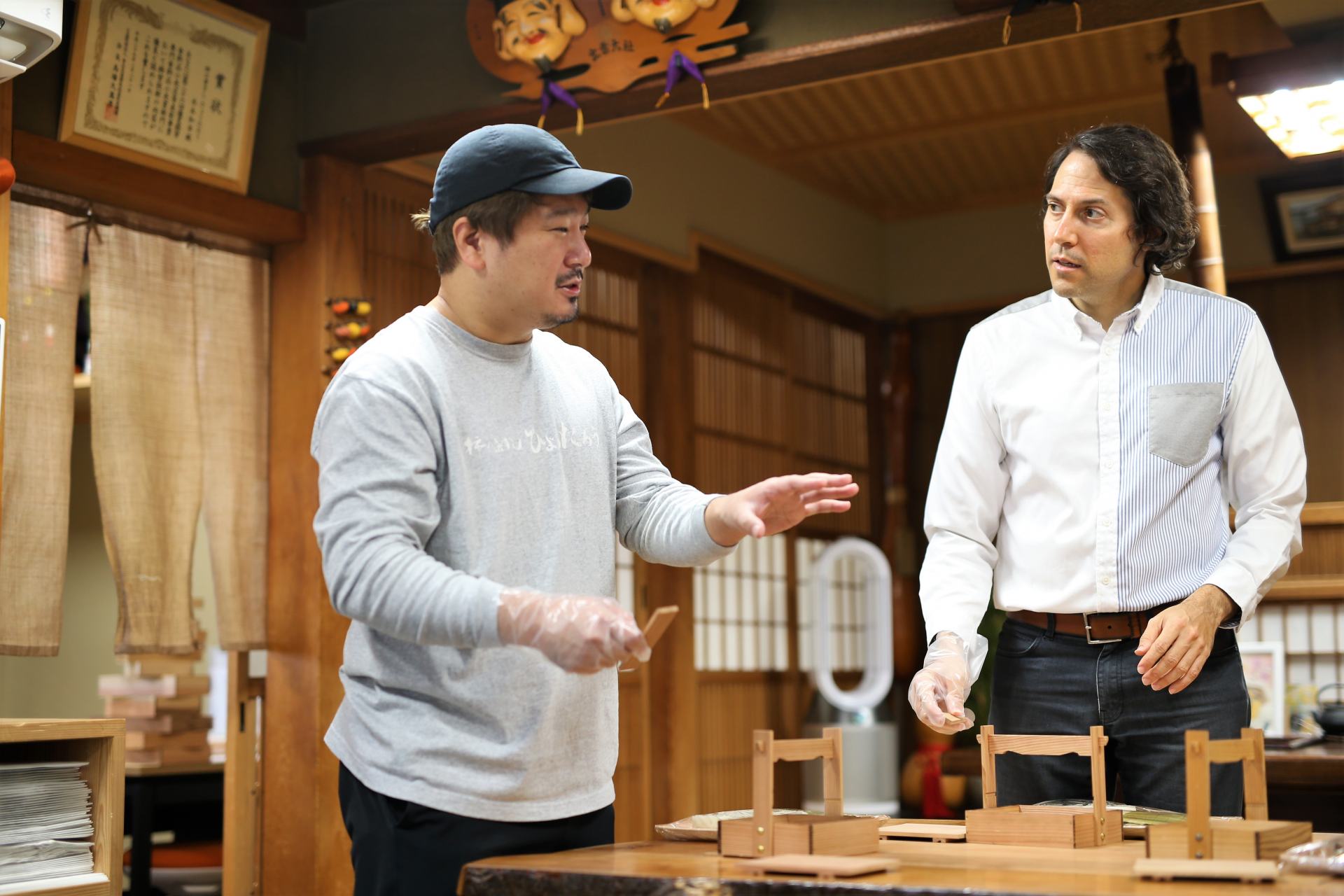
Simply assembling kakinoha sushi is easy, but doing it well enough to match the sushi sold in the shop is a different matter. Comparing one’s own creation to that of the experienced staff is quite eye-opening! Although the assembled sushi can certainly be enjoyed that same day, it’s best to leave it unrefrigerated for at least 24 hours to appreciate the ensuing mellowing effect.
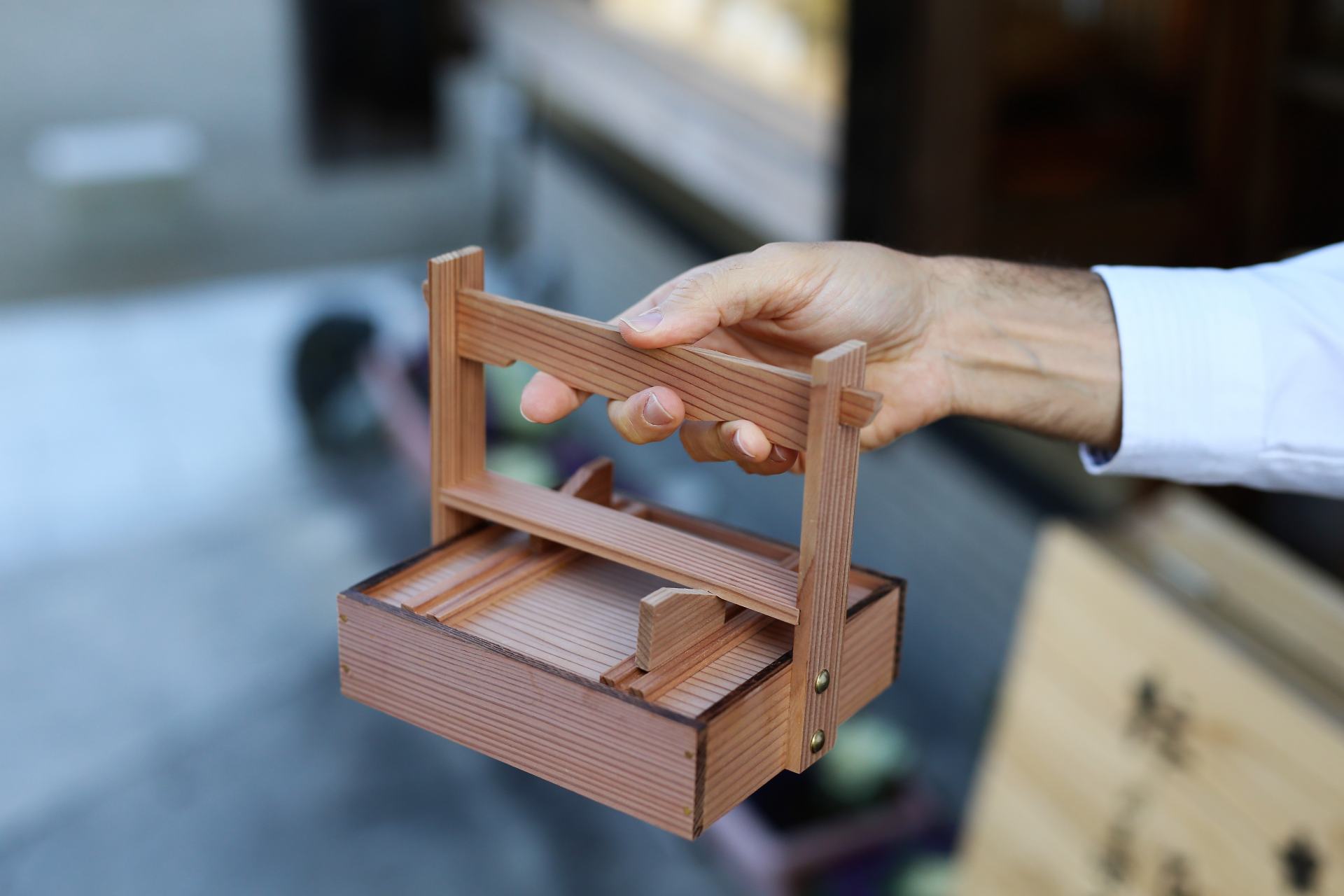
Koyasan
Further down from Yoshino and high up in the mountains of neighboring Wakayama Prefecture is the Buddhist monastery complex of Koyasan. Opened by the monk Kukai in 816 CE, Koyasan continues to be a center of Shingon Buddhism today, full of active temples and other religious sites, including Kukai’s mausoleum surrounded by towering cedar trees.
More than just a deeply fascinating destination to visit, Koyasan calls for an overnight stay, particularly in temple lodgings. Known as shukubo, this type of accommodation that is open to Buddhists and non-Buddhists alike provides a unique, firsthand perspective on temple life. Here, monks serve a special type of food known as shojin-ryori that is made without using animal products. In addition, most temples welcome early-morning participation in their goma fire ceremony.
Guan
Located about midway on a curvy mountain road between Koyasan and Yuasa towards the Wakayama coast is a lovely, yellow-walled traditional farmhouse. This building, sitting on a private plot of land along a bend in the river, was renovated and transformed into a restaurant called Guan. The specialty here is handmade soba prepared on the large, traditional kamado stove, though an additional kitchen in the back produces many other sumptuous dishes made with seasonal local ingredients as well as meat and fish.
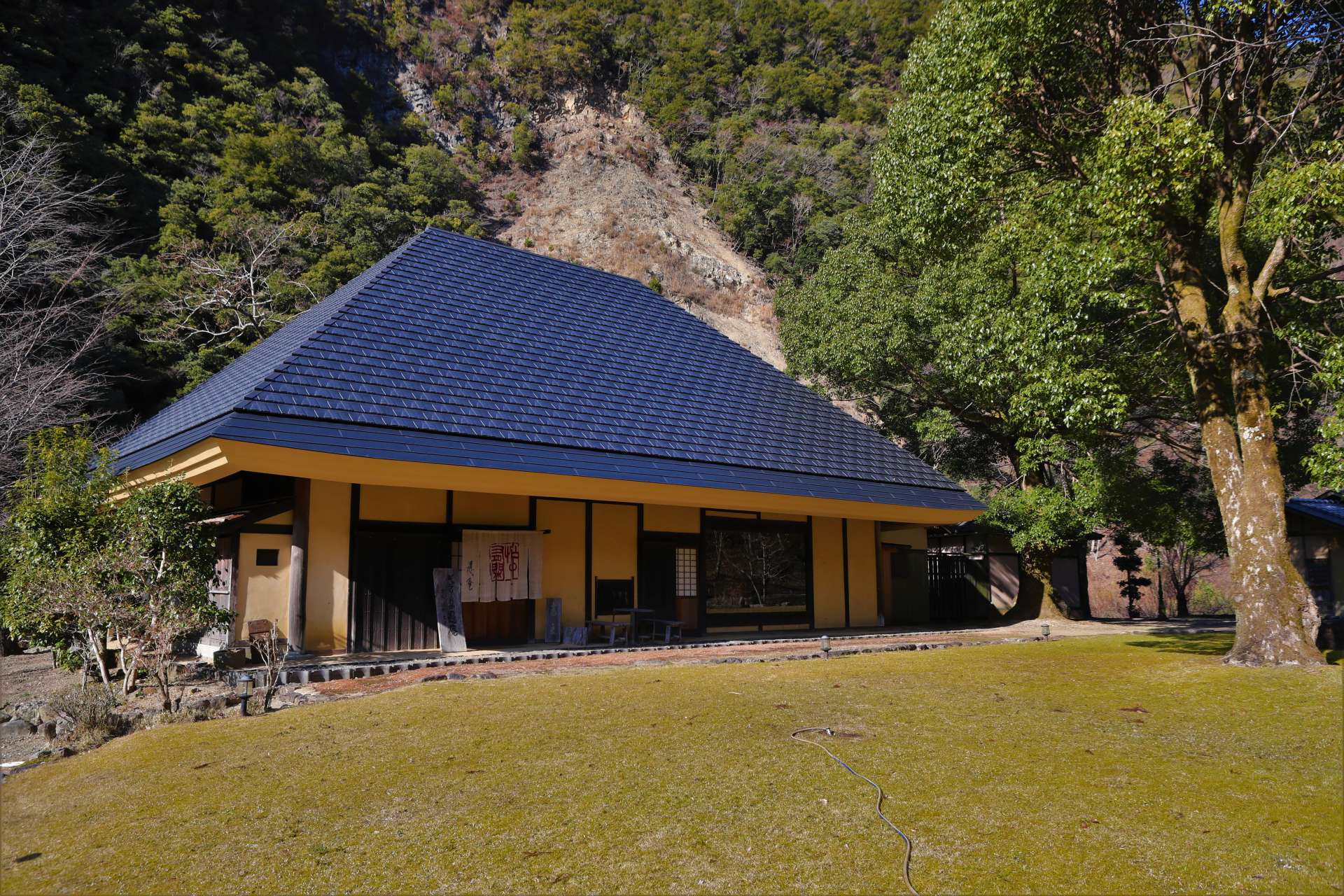
Meals here are meant to be savored slowly to enjoy the unique and tranquil environment. The intimate interior is limited to a few tables and seats, and the open ceiling invites an appreciate view of the rafters and large beams featuring traditional Japanese woodworking. Large glass windows afford expansive views overlooking the grass in front as well as the garden in back leading down to the gentle river. The changing hues of the sunlight streaming inside notwithstanding, time almost seems to slow down here.
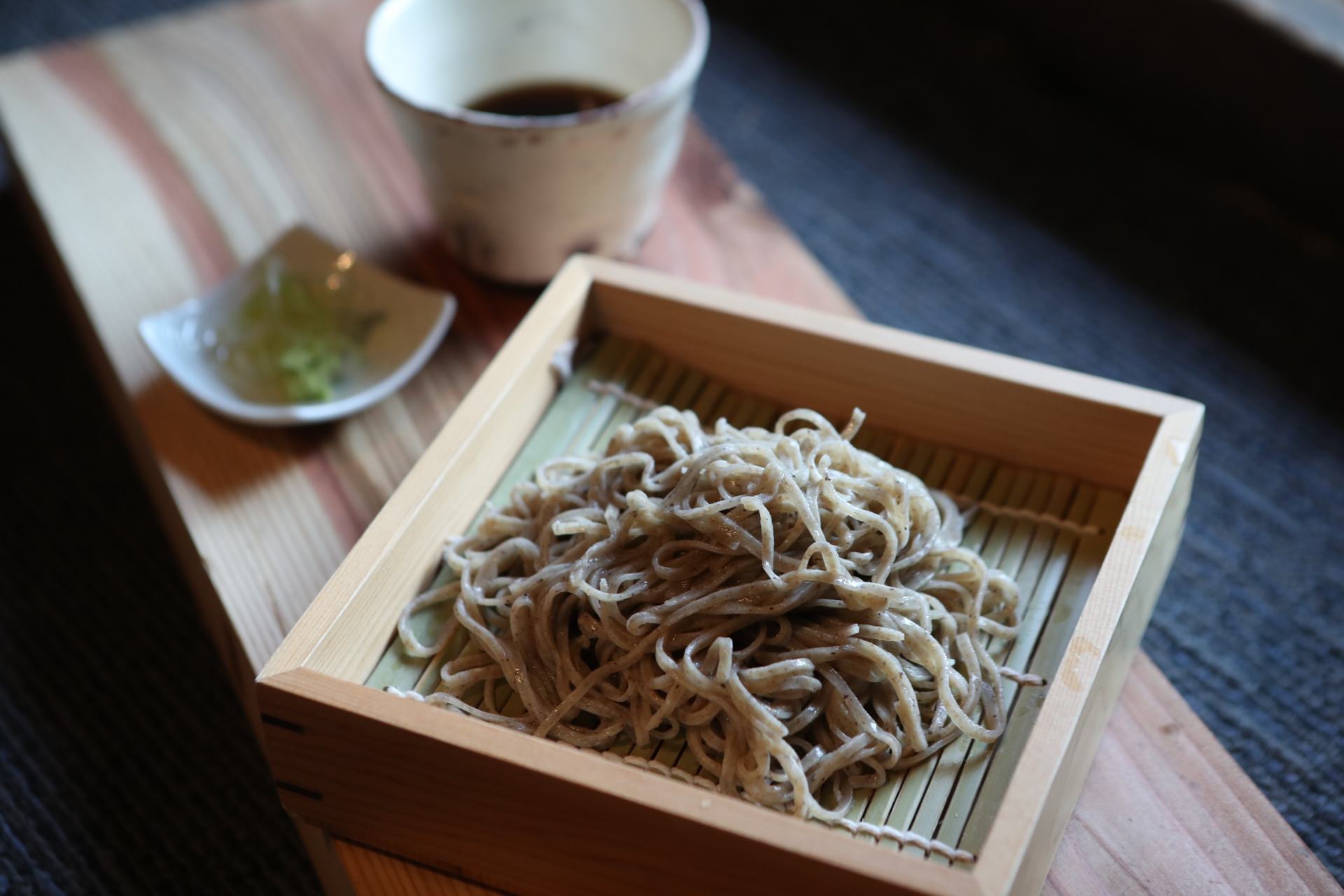
Yuasa
Soy sauce is an integral part of Japanese cuisine, and Wakayama’s city of Yuasa lays claim to being its birthplace. Yet the sauce we know today was not simply imported from Asia; instead, a Buddhist monk returning from China in the 13th century with a recipe for Kinzanji miso stumbled upon the secret.
Typical miso involved fermenting soybeans and other ingredients, but the Kinzanji method calls for many more vegetable ingredients, such as cucumber, eggplant, shiso (beefsteak plant), and ginger. The liquid byproduct left over after fermentation was discovered to be a flavorful condiment in its own right, and thus soy sauce was born.
Over the centuries, Yuasa grew into a major soy sauce production area. Other domains emulated its recipes and techniques and indeed, this is how Chiba Prefecture, another large-scale soy sauce production area, got its start. Though Yuasa once had around 90 brewers at one point in the Edo period (1603-1867), there are only a handful of brewers left in town today that still employ traditional methods.
Nevertheless, central Yuasa remains a picturesque place to stroll around, with many old brewery warehouses and related buildings to enjoy, thanks to 2006 designation as a Preservation District for Groups of Traditional Buildings. A few old homes and warehouses have been converted into museums, and some of the breweries offer factory tours and plenty of soy sauce-related goods, such as soy sauce-flavor soft serve ice cream.
A trip to treasure
Without those early missions so many centuries ago, religion in Japan would look very different. Nor would Japan likely have had miso, soy sauce and many other food products that are synonymous with Japanese cuisine. This journey through Nara and Wakayama helps us view Japan, and the importance of the Kansai region, in a whole new light.
Check also...
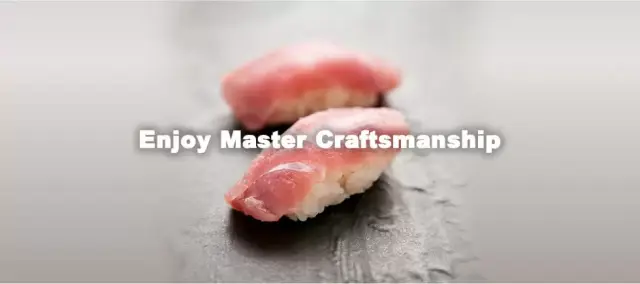
Japan’s Kitchen, Must-Try Kansai Cuisine
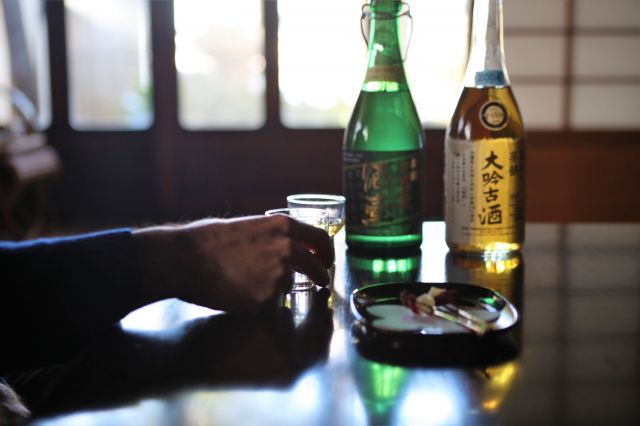
Kansai and Beyond: Discover the Gourmet Side of Hyogo and Tokushima
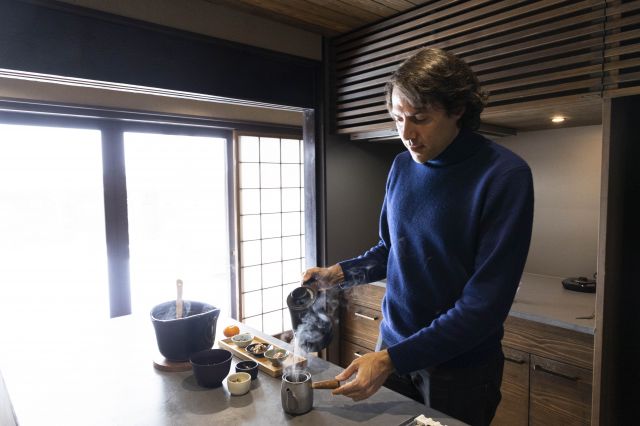
From Fukui to Kyoto: Exploring the Rich History and Gastronomy of the Saba Kaido
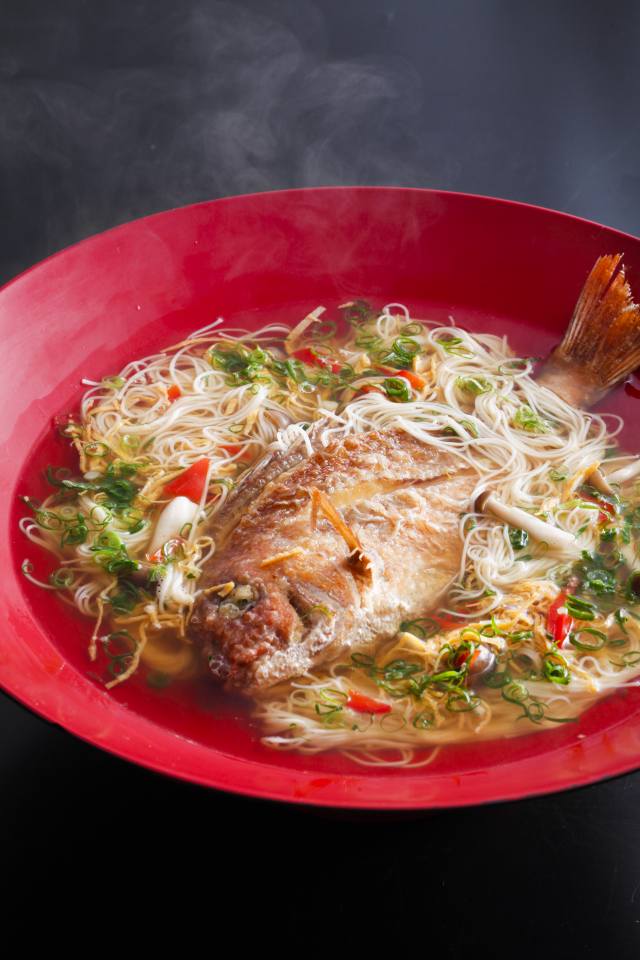
Taste the "sea bream," a fish for special days, and the food of Awaji
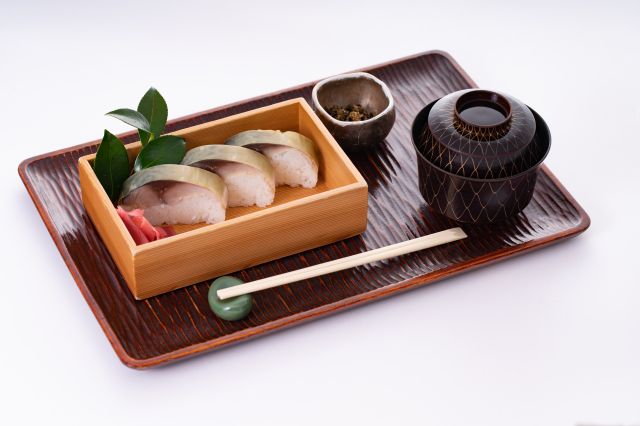
Trace the Saba Kaido (mackerel road) and learn about the culture of Wakasa
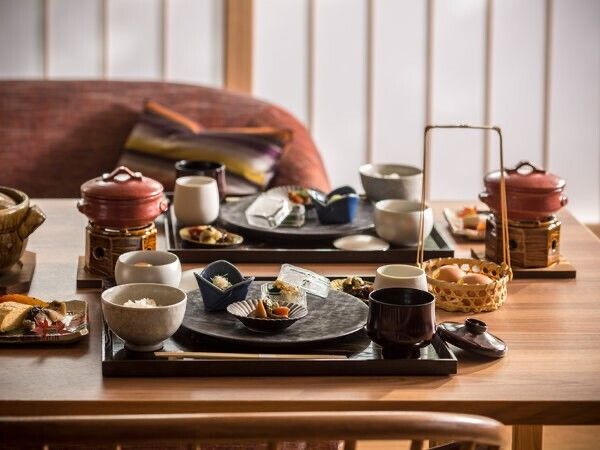
Feel the nature of Shima and enjoy seafood and mountain delicacies
